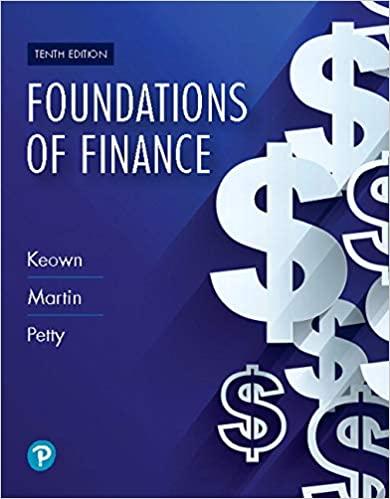Question
Open-end equity mutual funds find it necessary to keep a significant percentage of total investments, typically around 5% of the portfolio, in very liquid money
Open-end equity mutual funds find it necessary to keep a significant percentage of total investments, typically around 5% of the portfolio, in very liquid money market assets. Closed-end funds do not have to maintain such a position in cash equivalent securities. What difference between open-end and closed-end funds might account for their differing policies?
Balanced funds, life-cycle funds, and asset allocation funds all invest in both the stock and bond markets. What are the differences among these types of funds?
Why can closed-end funds sell at prices that differ from net asset value while open-end funds do not?
What are the advantages and disadvantages of exchange-traded funds versus mutual funds?
Step by Step Solution
There are 3 Steps involved in it
Step: 1

Get Instant Access to Expert-Tailored Solutions
See step-by-step solutions with expert insights and AI powered tools for academic success
Step: 2

Step: 3

Ace Your Homework with AI
Get the answers you need in no time with our AI-driven, step-by-step assistance
Get Started


